'Disappointment' at IMO fuel study vote
Concern voiced over decision to reject a call to accelerate a study into the global availability of low sulphur fuel.
Peter Hinchliffe, Secretary General of the International Chamber of Shipping (ICS) has expressed 'disappointment and concern' at a decision by the International Maritime Organization's Marine Environment Protection Committee (MEPC) to reject a call to make an earlier start on a study into the global availability of low sulphur fuel for ships.
In a tight vote, a small majority of IMO Member States rejected an ICS submission calling for the earlier study, which now looks set to be completed in 2018.
Speaking after the vote at the MEPC meeting in London, Hinchliffe remarked: "Some governments still appear to have their heads in the sand with respect to fuel availability. What will be the impact of ships switching to distillate on the availability of diesel for road transport or heating oil for homes? We still think it’s essential that a global fuel study is carried out sufficiently in advance of 2020 to give the refiners adequate time to invest and react. The major refinery upgrading required could take a minimum of four or five years, perhaps longer, and we believe that completing the study in 2018 would simply be too late."
“ICS has not given up, and we will bring the issue back to IMO next year. The issue is just too important. The enormity of the switch to distillate and its economic impact on shipping, and indeed the world economy as whole, should not be underestimated or swept under the carpet.”
ICS members represent more than 80% of the world’s merchant fleet. Ship owners and operators are concerned whether low sulphur fuel will be available to comply with IMO's 0.5% limit on sulphur emissions that will come into effect within the Emission Control Areas (ECAs) in 2015, and globally in 2020.
Depending on the outcome of the review in 2018 this requirement could be deferred by the IMO to 1 January 2025.
In a tight vote, a small majority of IMO Member States rejected an ICS submission calling for the earlier study, which now looks set to be completed in 2018.
Speaking after the vote at the MEPC meeting in London, Hinchliffe remarked: "Some governments still appear to have their heads in the sand with respect to fuel availability. What will be the impact of ships switching to distillate on the availability of diesel for road transport or heating oil for homes? We still think it’s essential that a global fuel study is carried out sufficiently in advance of 2020 to give the refiners adequate time to invest and react. The major refinery upgrading required could take a minimum of four or five years, perhaps longer, and we believe that completing the study in 2018 would simply be too late."
“ICS has not given up, and we will bring the issue back to IMO next year. The issue is just too important. The enormity of the switch to distillate and its economic impact on shipping, and indeed the world economy as whole, should not be underestimated or swept under the carpet.”
ICS members represent more than 80% of the world’s merchant fleet. Ship owners and operators are concerned whether low sulphur fuel will be available to comply with IMO's 0.5% limit on sulphur emissions that will come into effect within the Emission Control Areas (ECAs) in 2015, and globally in 2020.
Depending on the outcome of the review in 2018 this requirement could be deferred by the IMO to 1 January 2025.

|
Swedish biomethane bunkered in Gothenburg
Test delivery performed by St1 and St1 Biokraft, who aim to become large-scale suppliers. |
|
|
|
||
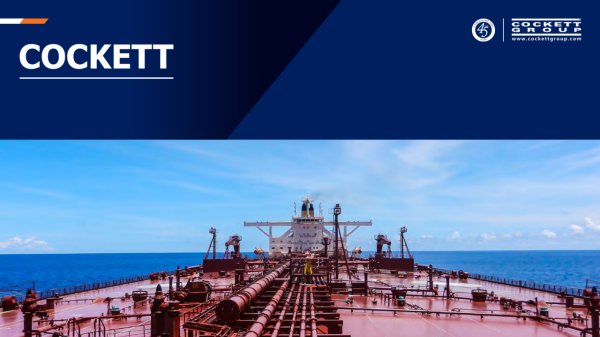
|
Cockett to be closed down after 45 years
End of an era as shareholders make decision based on 'non-core nature' of Cockett's business. |
|
|
|
||
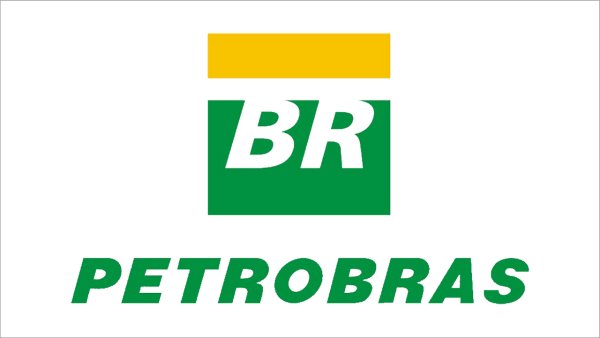
|
Petrobras confirms prompt availability of VLS B24 at Rio Grande
Lead time for barge deliveries currently five days. |
|
|
|
||
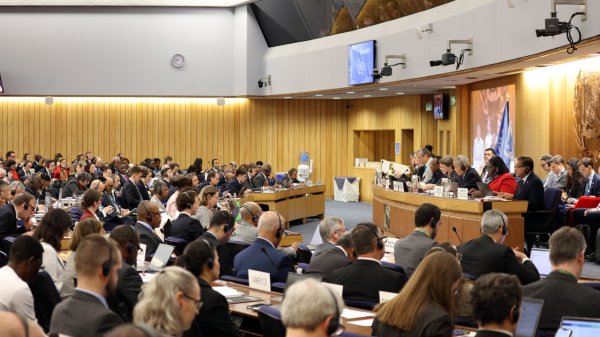
|
IMO approves pricing mechanism based on GHG intensity thresholds
Charges to be levied on ships that do not meet yearly GHG fuel intensity reduction targets. |
|
|
|
||

|
VARO Energy expands renewable portfolio with Preem acquisition
All-cash transaction expected to complete in the latter half of 2025. |
|
|
|
||

|
NYK trials biofuel in milestone coal carrier test
Vessel is used to test biofuel for domestic utility company. |
|
|
|
||
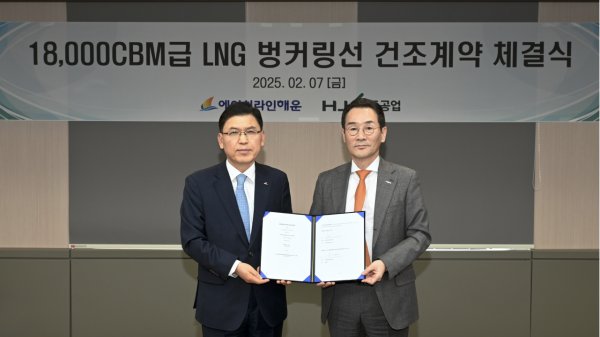
|
H-Line Shipping orders LNG bunkering vessel
Vessel with 18,000-cbm capacity to run on both LNG and MDO. |
|
|
|
||

|
How to engineer and manage green shipping fuels | Stanley George, VPS
Effective management strategies and insights for evolving fuel use. |
|
|
|
||

|
Swedish government bans scrubber wastewater discharges
Discharges from open-loop scrubbers to be prohibited in Swedish waters from July 2025. |
|
|
|
||
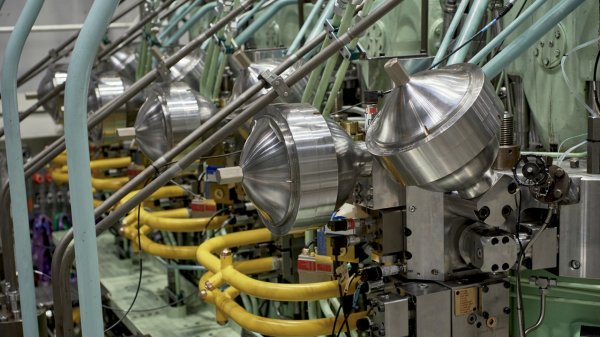
|
MAN Energy Solutions achieves 100% load milestone for ammonia engine
Latest tests validate fuel injection system throughout the entire load curve. |
|
|
|
||
Related Links
- · NGOs call for GHG-reducing measures [Insights]
- · IMO urged to develop standard methodology [Insights]
- · MEPC to discuss deferring 0.5% rule to 2025 [Insights]
- · United Kingdom [Directory]

